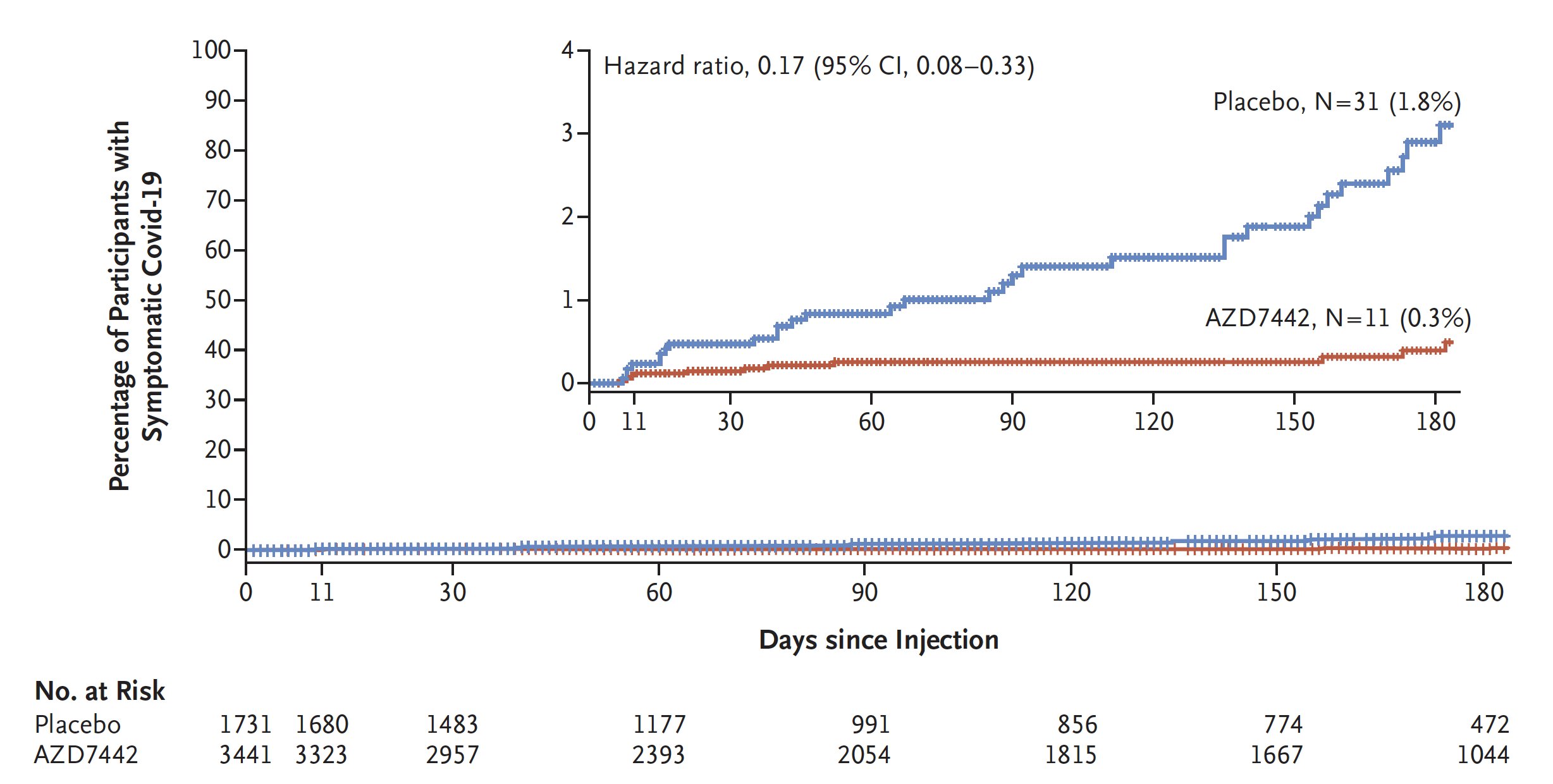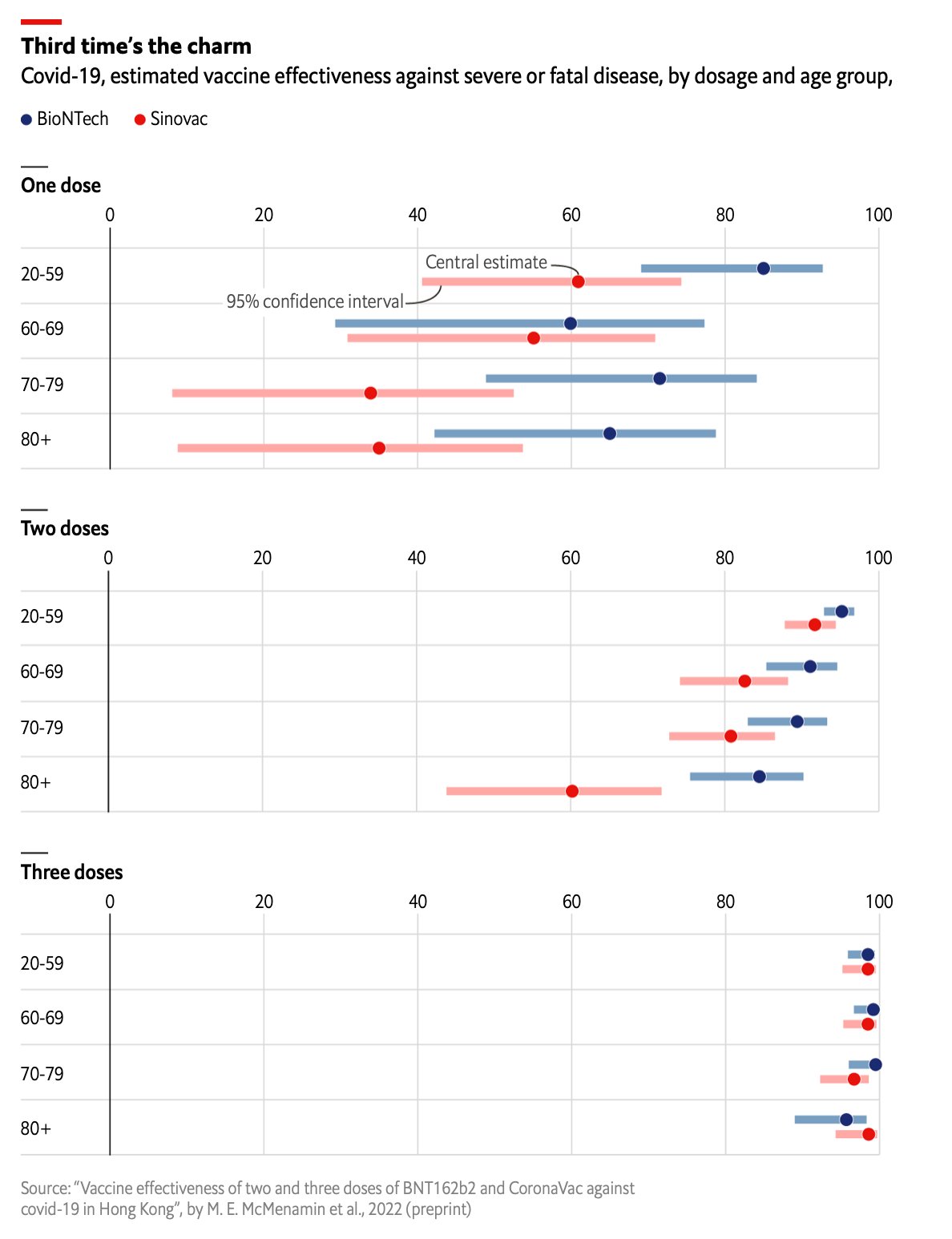Variants
This paper shows the increase in average transmission for different SARS-CoV-2 variants relative to COVID Classic:

Long COVID
This paper says that people can shed COVID-19 RNA in their poo for like seven months after they got infected. They also saw a correlation between the amount of COVID-19 RNA is their poo and gastrointestinal symptoms. This means both that a) it can live in the gut and b) can stick around for a long time. (I thought this was pretty well known, but I can’t find papers on it right now, aside from this one on an immunocompromised person who shed for 70 days, so this might be a repeat.)
I have seen a lot of chatter in the past few days about pediatric hepatitis (which is normally rare) in many different places around the world. (Like this one.) This article notes that 11 of 12 children with hepatitis at a hospital in Israel had known cases of COVID-19. Maybe this is another Long COVID symptom? 😬
I was able to find a case study from May 2021 of a 10 month-old boy with COVID-19 who had hepatitis, so there’s an existence proof.
Treatments
This article reports on a study from January which found that camostat mesylate (a relatively cheap protease inhibitor), when given right away, dramatically decreases COVID-19 patients’ loss of taste and smell. If you don’t think that’s a big deal, I recommend you read this article.
COVID-19 patients who got camostat mesylate also started getting their energy back at four days instead of six. Camostat mesylate did not, unfortunately, change the risk of hospitalization.
Mitigation Measures
It’s perhaps not a surprise, but this paper says that masks degrade the speed and accuracy of evaluating a person’s facial identity, emotion, gender, and age.
Also unsurprisingly, this paper says that the stringency measure (i.e. how severe the mitigation measures were) made mental health worse. It also found that the pandemic intensity (i.e. how many deaths per capita there were) mad mental health worse, with a slightly larger coefficient.
Vaccines
This article says that Pfizer found that a third dose of its pediatric vaccine increases protection in 5 to 11 year-olds.
EvuSheld is a monocolonal antibody, but it is used like a vaccine, prophylactically. This paper says that 0.2% of people who got a dose of EvuSheld got infected with COVID-19, compared to 1.0% of controls. (I would think that would be a pseudo-“vaccine effectiveness” of 80%, but they report a relative risk ratio of 76.7%, which I do not understand.)

Alas, this is pre-Delta, and this paper says that EvuSheld doesn’t do as well against Omicron.
This presentation to the US FDA summarizes a lot of studies on vaccine effectiveness. It is an update to one put in the blog about two weeks ago, so I’m not going to try to re-summarize.
This presentation to the US FDA looked at a very large study on myocarditis, pericarditis, and myopericarditis (myocarditis and pericarditis occurring together) after vaccination. A few interesting things among those who had one of the three:
- The onset happened much faster for people under 40 (4 days) than for over 40 (29.5 days).
- More young people had myocarditis (23%) than old people did (14%); more old people had pericarditis (66%) than young people did (23%).
- 55% of the young people had myopericarditis, but only 20% of the old people.
- For young people, he risk of getting one of the three inflictions was much higher for the second dose than for the first or third.
This preprint by Moderna says that a booster of half-COVID-Classic-, half-Beta-targeted vax did better than a booster that was all COVID-Classic-targeted (in both people and test tubes).
I thought this graph (from this article) was interesting. It say that the “inferior” Sinovac can “catch up” to Pfizer with three doses. It almost seems like there is something magic about three doses. (Or maybe it has to do with the interval? Maybe the interval between dose1 and dose2 really should be like six months?)

This paper says that they could see vaccine side effects with a smartwatch: people’s resting heart rate generally went up after four days and then down at six. (This paper did not study whether this resting heart rate change had any relationship to whether the patients immune systems actually mounted a defence or not, but that’s the direction that this research is headed.)
Recommended Reading
This article (also noted above) is a really powerful explanation of how traumatic it is to lose your sense of smell and taste.

1 comment
Comments are closed.